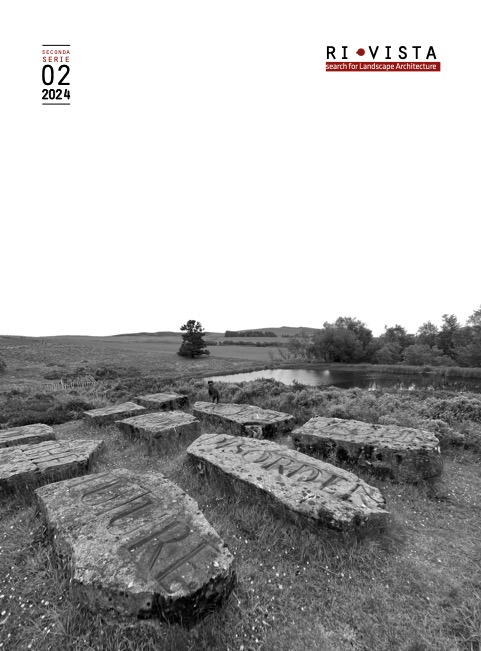Published 2025-07-02
Keywords
- Portuguese Landscape architecture,
- Calouste Gulbenkian Foundation,
- Urban Forests,
- Gonçalo Ribei-ro Telles
How to Cite
Copyright (c) 2025 Marco Cillis

This work is licensed under a Creative Commons Attribution 4.0 International License.
Abstract
The paper starts from the opening of the new southern part of the Gulbenkian Foundation garden in Lisbon, in order to reflect on the legacy of the Portuguese landscape school, traditionally inclined to mixture. When, between 1959 and 1961, Antonio Viana Barreto and Gonçalo Ribeiro Telles drew up the design assumptions for the new park, they identified the ecological approach and the integration of existing vegetation as the main cornerstones. They also seek a strong visual continuity between the architecture and the outside, firmly renouncing any geometrical axis, preferring the design of space over the form, celebrating the intrinsic beauty of Nature; they created a park that has been called a ‘political flag’ on several occasions. The essay tries to critically analyse the outcomes of the competition announced in 2019 and won by Kengo Kuma (architecture) and Vladimir Djurovic (landscape architecture), who planned a nature garden with the features of an urban forest, integrating existing vegetation with Mediterranean species from Portuguese nurseries. The main topics are biological diversity, and the symbolic charge of several design choices, oriented towards inclusiveness and dialogue of the garden with the surrounding urban complexity.





